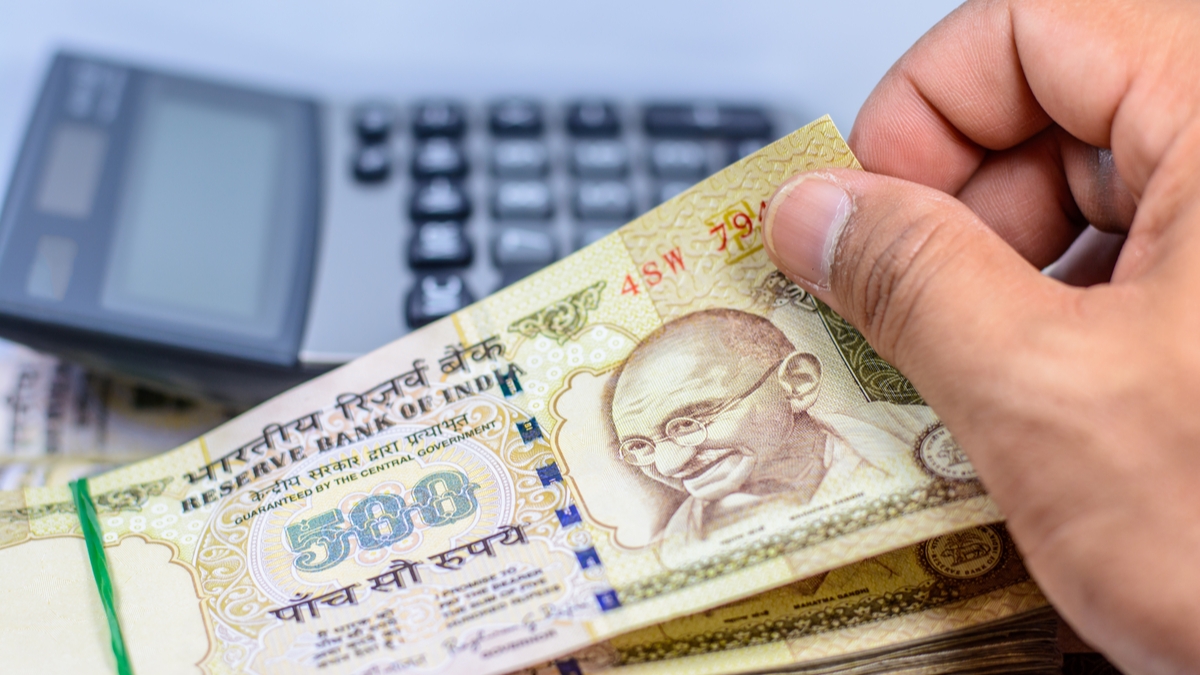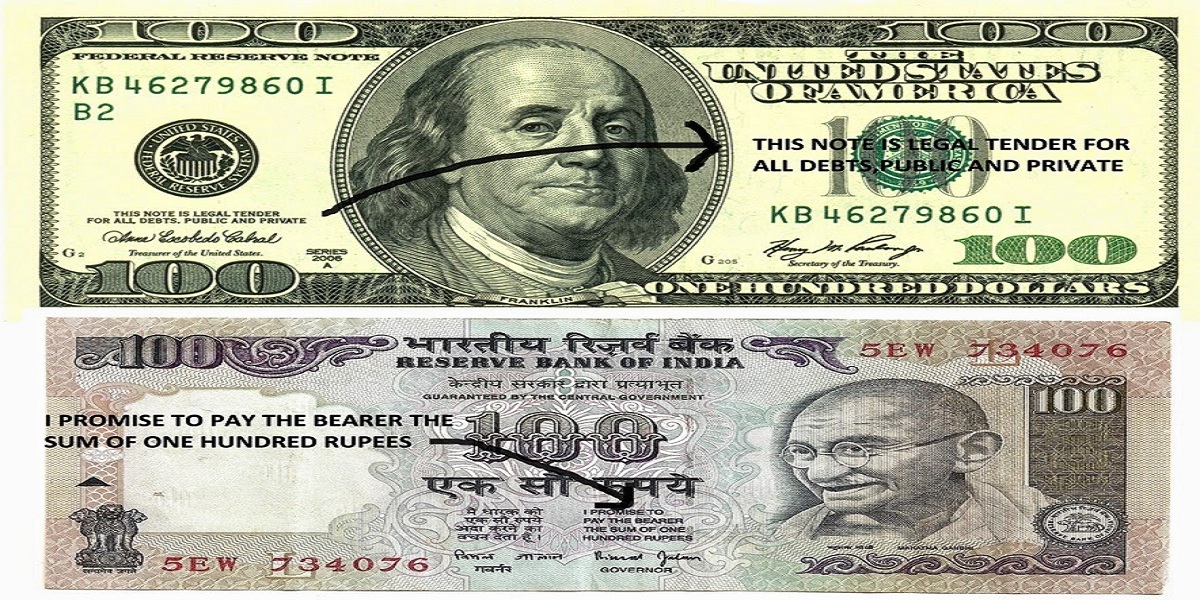


“The weak economic data around the world, especially in China, has put pressure on the dollar index, which hit a nearly two-decade high. Oktay Kavrak, director of product strategy at Leverage Shares shared his views: Higher employment shows greater demand for the country’s goods and services, and hence indicate a strong domestic currency. This stellar rise in non-farm payroll employment in the country was indicative of the economic rebound from the pandemic’s impact. The solid jobs growth was broad-based and encompassed every major industry in the country. The unemployment rate was unchanged at 3.6% during the reported period. Now, as the US central bank tightens its monetary policy, investors are expected to consider pushing their money into the US, further raising the greenback’s demand and solidifying its value.Īdditionally, the US payrolls increased by 428,000 in April, along with a 5.5% rise in average hourly earnings from a year earlier, according to the US Bureau of Labor Statistics. The rate hike earlier in May was the largest since 2000, and came after a 0.25 percentage point raise in March – the first rate hike since December 2018. The Fed’s hawkish stance toward its monetary policy has boosted confidence for further US investment.Īlong with raising interest rates by 50 basis points to a range of 0.75% to 1% on 4 May, the US central bank is expected to raise rates seven times throughout this year to reach 2.9% in early 2023, as projected by The Economist Intelligence Unit. The strength of the US dollar was a result of risk-off sentiment that came partly from concerns over the US Federal Reserve’s ( Fed) capability to check high inflation, which raised the US dollar’s appeal as a safe-haven currency. The dollar index ( DXY), which stood at 102.27 as of writing (25 May) against a basket of major currencies, was at 104.610 on 13 May, its highest since December 2002. We will also take a look at the opinions of some leading analysts about the pair, and their USD to INR prediction for the rest of 2022, as well as the period up to 2030 for the USD/INR trend. In this article, we analyse the recent macroeconomic events that led to the depreciation of the Indian rupee against the US dollar. This decline was driven by a string of factors, including the increasing inflation and higher interest rates, coupled with an exit of overseas investors from the Indian markets and a plunging stock market.

The value of the Indian rupee (INR) against the US dollar (USD) has depreciated since the beginning of this year, marking a decline of 4.1% at the time of writing on, from its value on 1 January 2022. USD to INR forecast for 2022: What are analysts saying?.MUMBAI: The rupee appreciated 28 paise to 79.25 against the US dollar in opening trade on Tuesday, tracking the dollar's decline versus its major peers and foreign fund inflows.US30 US Wall Street 30 (USA 30, Dow Jones) The finance ministry on Monday attributed the rise in inflation to base effect and increase in food and fuel prices, and stressed that initiatives taken by the government to curb price rise will be felt more significantly in the coming months. On the domestic macroeconomic front, retail inflation accelerated to 7 per cent in August driven by high food and fuel costs, while factory output plunged to a four-month low of 2.4 per cent. Similarly, the broader NSE Nifty rose 93.25 points or 0.52 per cent to 18,029.60.įoreign Institutional Investors (FIIs) were net buyers in the capital markets, as they purchased shares worth Rs 2,049.65 crore on Monday, according to provisional data. In the domestic equity market, the 30-share BSE Sensex was trading 292.69 points or 0.49 per cent up at 60,407.82. The dollar index, which gauges the greenback's strength against a basket of six currencies, fell 0.12 per cent to 108.20.īrent crude futures, the global oil benchmark, fell 0.21 per cent to USD 93.80 per barrel. On Monday, the rupee rose 4 paise to close at 79.53 against the American currency. At the interbank foreign exchange, the domestic unit opened at 79.30 against the dollar, then touched 79.25 in initial deals, registering a gain of 28 paise over its previous close.


 0 kommentar(er)
0 kommentar(er)
